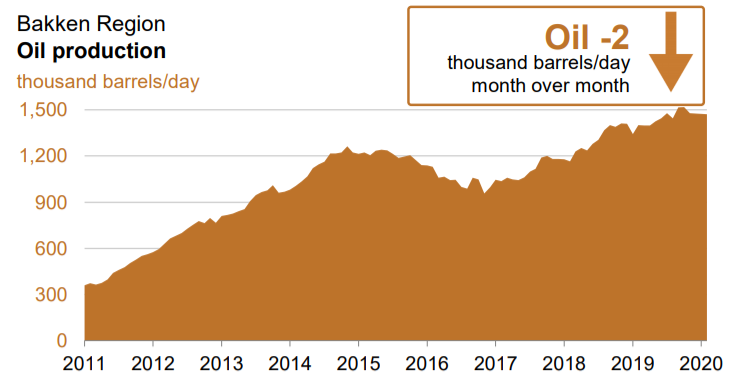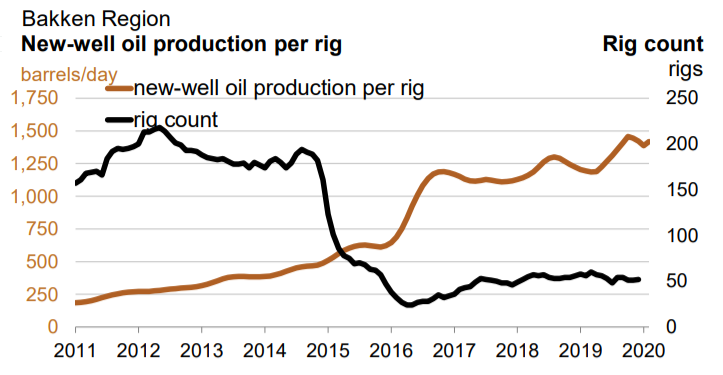North Dakota Oil Imports
Overview
North Dakota is the nineteenth largest in area US state and the fourth smallest one by population. The largest city of North Dakota state is Fargo. The 21st century was crucial for North Dakota development. Natural resources have played a vital role in its economic growth, especially with the oil extraction from the Bakken formation. This formation lies beneath the northwestern part of the North Dakota state. These economic changes have led to population growth.
Bakken formation
The Bakken formation is known as one of the essential sources of new oil production in the United States. The formation is partly located in Montana and the Canadian provinces of Manitoba and Saskatchewan, but most drilling and production have been in North Dakota state.
2013 was the most remarkable year for the Bakken formation because it was the source of more than 10% of all US oil production. In 2014 oil production in North Dakota and Montana together amounted to 1 million barrels per day. As a result, North Dakota was the second-largest oil-producing state in 2014.
It is assumed that there are from 4,4 to 11,4 billion barrels of undiscovered oil in the Bakken formation. There were produced approximately 450 million barrels of oil from the Bakken and Three Forks Formations between 2008 and 2013.
The figures below illustrate the Bakken oil production from 2011 to 2020. The data is presented by the U.S. Energy Information Administration (Drilling Productivity Report).
The increased level of oil production comes with a great deal of positive effects. At a time when most other states have been struggling economically, North Dakota has been thriving in large part due to the Bakken Formation.
In December 2019, it was recorded that North Dakota set a new record: 1,5 million barrels per day. Before releasing the latest oil figures, a director of the ‘Mineral Resources’ Lynn Helms said announced: “It should be a very happy holiday for the state of North Dakota.”
Helms also added that oil production in North Dakota is expected to increase in the nearest future, as OPEC and Russia agreed to reduce oil production this month in order to minimize a plentiful global supply and endorse prices.
“It should result in small increments of production growth through the year 2020,” Lynn Helms expressed his opinion on the impact of the other nation’s reductions in North Dakota.



